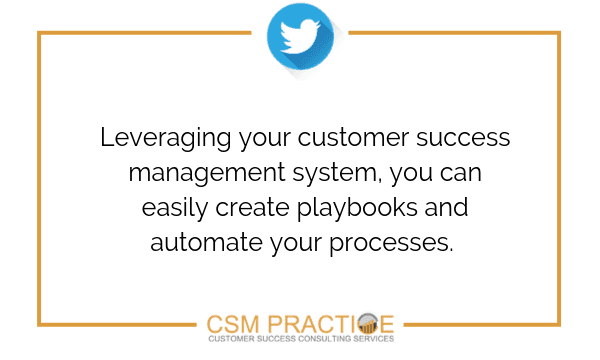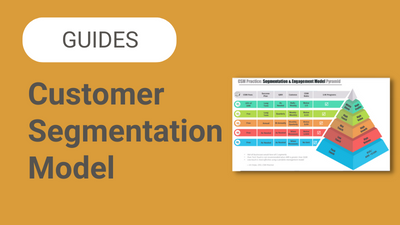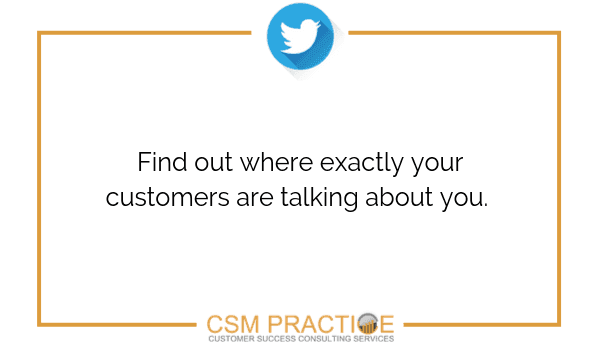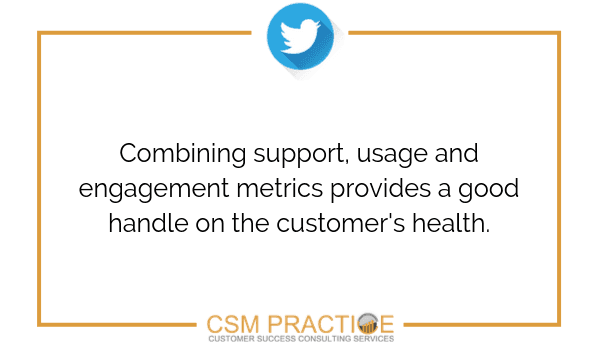Customer success, the extent to which your customers are satisfied with your product or service, is a critical part of the business. Generally, the greater your customers’ success, the more your business is likely to grow profitably. Your customers should always get the maximum benefit for the amount of investment they put into implementing your solutions. While many company owners and customer success managers understand this, not all can tell the extent of customer success in their business. So, how exactly can you measure customer success?
We talked to Jeff Piper, Co-founder, and Chief Customer Officer at SpringCM to find out. Jeff Piper has a long history of successfully implementing customer success processes and has also experienced numerous milestones in the field of customer success. At SpringCM, Jeff is responsible for all aspects of client success.
In his words; “I’m responsible for defining and executing all aspects of the customer’s experience, including consulting, training, technical support, and customer retention. In other words, I’m involved in virtually every aspect of creating and achieving customer satisfaction. It’s a big job. A big commitment. And infinitely satisfying.”
All in all, Jeff is the perfect person to discuss this topic.
The Three R’s
According to Jeff, reporting on customer success to the board of directors should ideally be centered on three key metrics, aka “The Three R’s”: Referrals, Reference-ability, and Retention.
1. Referrals
‘We measure referrals by tracking how many customers are buying more from us or introducing us to buyers that could buy more internally (or externally). This would typically include cross-selling or up-sell trends which is expressed in the number of deals, the number of accounts and ACV (Annual Contract Value).’
Leveraging your Customer Success Management system, you can easily create playbooks and automate your processes of finding up-sell and cross-sale opportunities. One way to uncover referral opportunities is through the usage of customer email campaigns, and surveys as well as your online advocacy community.
When you present the level of referral to the board of directors, you should calculate your up-sell and cross-sell figures. Jeff recommends including cross-selling or up-sell trends that are expressed in:
– Number of Deals
– Number of Accounts
– ACV, ARR(Annual Recurring Revenue) or MRR (Monthly Recurring Revenue)
This is an important metric to the board of directors since it is tightly correlated with bookings and revenue targets and company valuation. If you have your customer segmentation already in place, consider breaking these numbers down by industry, company size, and account segments.
2. Reference-ability
According to Jeff, this is ‘the extent to which our customers are advocating on our behalf – how they are visibly supporting SpringCM’.
Reference-ability is, basically, the extent to which customers are reviewing and recommending your solution. Per Jeff: ‘This includes a range of advocacy activities – For example, the number of positive reviews on G2 Crowd, the AppExchange, etc.’ These can help the board understand the extent to which your customers advocate for SpringCM, and as such, their level of satisfaction and the perceived value of our solution.
We asked Jeff, ‘how can one report on the level reference-ability to the board of directors?’. These are the common ways Jeff recommends using in order to gauge your company’s reference-ability:
- Reference Calls. You will need to count the customers who opted-in to be called in to conduct reference calls. At SpringCM, they use Influitive’s advocate marketing platform to find new advocates from various industries. This is because, Influitive’s advocate marketing platform enables companies to activate customer, partner, and employee advocates at scale, bridging fragmented customer-focused programs to systematically reach more advocates and get them to do more advocacy. Before each meeting with the board of directors, you count how many people are willing and ready to be called in as a reference for your company.
- Online Reviews and Testimonials. In this slide, Jeff recommends showing how many positive reviews are currently posted online. You might want to do a quick search on Google or social media to find out exactly where your customers are “talking about you”. However, once you have a solid list, track and compile a report of how many reviews and raving testimonials had been posted. You may also want to share some recurring themes of actual content to highlight an increase in perceived value.
- Press Releases and Case Studies. Your company most likely already offered certain customers a discount or some other incentive in exchange for public relations activities. On a quarterly basis, compile the number of case studies, media and analyst interviews, and press releases that you conducted with your customers as well as a number of events (including your webinars) in which they opted to present.
To see an increase in reference-ability, Jeff recommends developing public relations bundles. These bundles are developed by the marketing team and then shared and promoted to loyal clients through the customer success team. Typically, the customer success manager would be working with customers who are committed to public relation types through their contracts. An example of this would be sending loyal customers vouchers, brochures, perhaps even creating a referrals webpage just for them to promote, earning them kickbacks on their spending with you.
However, advocacy activities should ideally also be promoted through your Influitive online community. Even though it is hard to draw a direct link between customer references and bookings, you should take the time to show the customer reference-ability to the board of directors. Reference-ability demonstrates that the customers are happy and the benefits the company derives from your customer success organization.
How can Influitive help you turn this information into advocacy?
Simple. They can help you build your brand on client input while not becoming overwhelmed by it. They’re advocacy experts and will help you build and nurture your references. Check them out here.
3. Retention Rate
This is a key performance indicator for the board of directors as it is directly impacting the company’s profitability and bottom line. At SpringCM, Jeff reports on this by measuring the retention of both numbers of accounts and ACV. These metrics are then segmented by key customer attributes such as industry, company size (employees or annual revenue), and customer segment.
We asked Jeff what other metrics and customer data is important for him to track as the chief customer officer. ‘Other groups in my organization are professional services, training, and enablement – there are a lot of cross-references that we need to make sure the information flows back into the different groups (customer feedback for example).’ Per Jeff, he ensures that important metrics and customer feedback is communicated precisely to all related team through daily stand-up, weekly and monthly meetings, message boards, etc. Themes of customer feedback might bubble up to the board as well.
Jeff believes customer engagement, support, and usage of their platform are resting on three legs of the stool that ultimately determines the stickiness of their solution. When support, usage, and engagement metrics are combined – it provides a good handle on the customer’s health. We track engagement by looking whether they attend our webinars, take the call with the CSM, or whether the sponsor or champion left the organization. The typical challenge to marry these three components is that the data is located in disparate systems.
Are there any other metrics you include when presenting to your board of directors? What other metrics and analysis do you share with your board of directors about customer success? Let us know in the comments.
Summary
The key metrics (The Three R’s) to include in your board presentation are Referrals, Reference-ability and Retention Rates.
- These metrics need to be used together in order to grasp the full picture of both your client base and how they are affecting your company.
- Look outside the normal means of gathering information on The Three R’s such as rate and review sites or business-related hashtags on social media. Other key performance indicators might be important to be included in your board presentation. Factors in deciding which metrics to include largely depends on your unique business model, your company’s current strategy and priorities, as well as key customer success initiatives.
- While building these key Customer Success metrics, you may need help to get the ball rolling. For example; Influitive can help you achieve reference-ability through their advocacy help.
- It is important to build (if you haven’t already) your referrals, references, and advocacy list as they are invaluable if you want to know how well Customer Success / your business as a whole is doing. Without this information, you won’t know if any future changes are even wanted by your client base and could cost you dearly.
FREE CUSTOMER SUCCESS BUSINESS REVIEW TEMPLATE – CSM Practice






